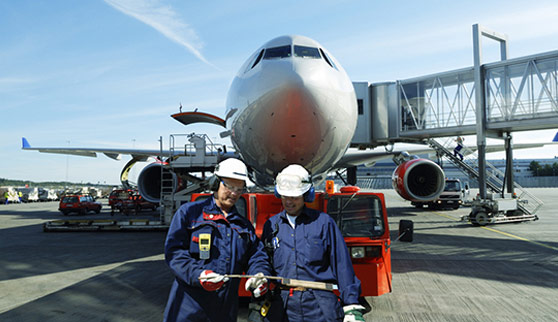Programs and Courses
Associates in Science

Pathways to Graduation
The School of Aviation’s certificate programs enable students to earn credit hours that can be eventually counted toward an associate’s program. One of the main benefits of a certificate program is that it enables students to demonstrate competency in a specialized field.
Credits earned via a certificate can immediately and directly be applied toward one of the School’s associate degree programs in Aviation Maintenance Management, Aviation Administration, Professional Pilot Technology, and Transportation and Logistics.
Students can then enroll in any of MDC’s baccalaureate programs. The choice is yours.

